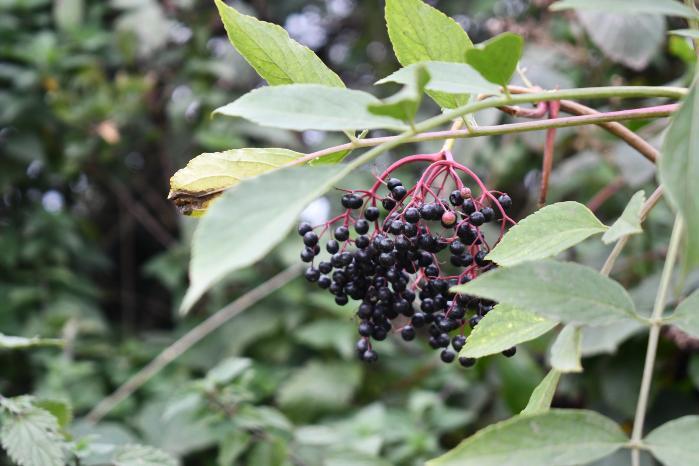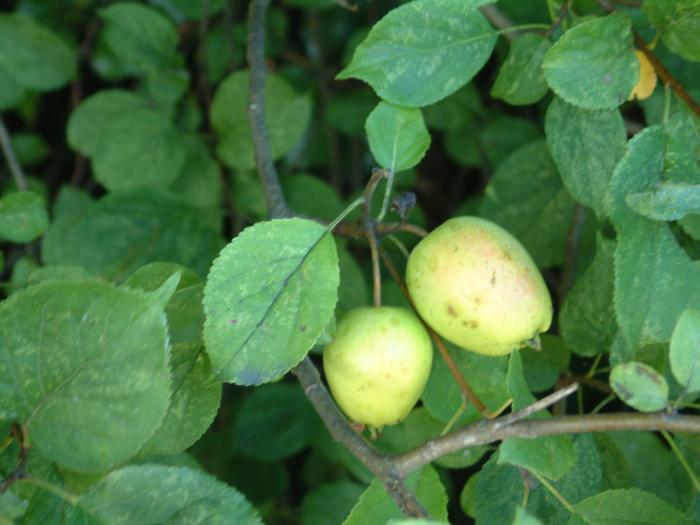05 November 2023
Growing Wild – Crab Apples and Elderberries

Now is the time to look out for Crab Apples and Elderberries. Catherine Keena, Teagasc Countryside Management Specialist, who takes a closer look at some of our native Irish biodiversity.
Crab Apples

Look out for crab apples. They are not ideal for Halloween apple games such as bobbing for apples or apple on a string as they are far too tart to be eaten raw but are used to make crab apple jelly and jam. Valued for its sugar content long ago when sugar was scarce, crab apples were stored for the winter. It was one of the noble trees along with oak – protected under Brehon Laws. Trees were cultivated on ring forts and townland boundaries. Many trees now found in hedges were planted only two hundred years ago and are hybrids between wild and cultivated apples. Crab apple is part of our native Irish biodiversity.
Elderberries

Look out for hanging clusters of dark blue-black elderberries, so much loved by birds that trees are stripped bare quickly when ripe. They are used to make elderberry syrup and wine. Elder supports many invertebrates, including many that feed on the jew’s ear fungus which grows on elder almost exclusively The leaves are similar to ash leaves but with fewer pairs of leaflets and as they change colour in autumn elder stands out in autumn. It is not good if topped in hedges as it results in gaps. Known as bour tree in northern parts of the country, elder is part of our native Irish biodiversity.
See previous Growing Wild articles below:
- Growing Wild – Ivy flowers and Common knapweed
- Growing Wild – Meadowsweet, Ox-eye Daisy and Selfheal
- Growing Wild – Marsh marigold and Ribwort plantain
- Growing Wild – Dandelions and cowslips
- Growing Wild – Lesser Celandine and Ivy berries
- Growing Wild – Winter Heliotrope and frogspawn
- Growing Wild – Willow Catkins and Birds Nests
- Growing Wild – Harts Tongue and Hazel
- Growing Wild – Whins and Ferns
- Growing Wild – Rose Hips and Flowering Ivy
- Growing Wild – Yarrow and Herb Robert
- Growing Wild – Elderberries and Blackberries
- Growing Wild – Haws and Spindle
- Growing wild – Guelder Rose and Sloes
- Growing wild – Purple loosestrife and Lord and Ladies
- Growing Wild – willowherb and water mint
- Growing Wild – dandelion and greater stitchwort
- Growing Wild – willow, primrose and lady’s smock
- Growing Wild – whitethorn and cow parsley
- Growing Wild – bluebells and guelder rose
- Growing wild – Honeysuckle and Foxglove
- Growing Wild – Elder and Ragged Robin
- Growing wild – dog rose and meadowsweet
- Growing wild – Privet and Lady’s Bedstraw
- Growing Wild – Bird’s foot trefoil and Knapweed
Keep an eye on Teagasc Daily for Growing Wild updates. Learn more from Teagasc about Biodiversity and Countryside here.
